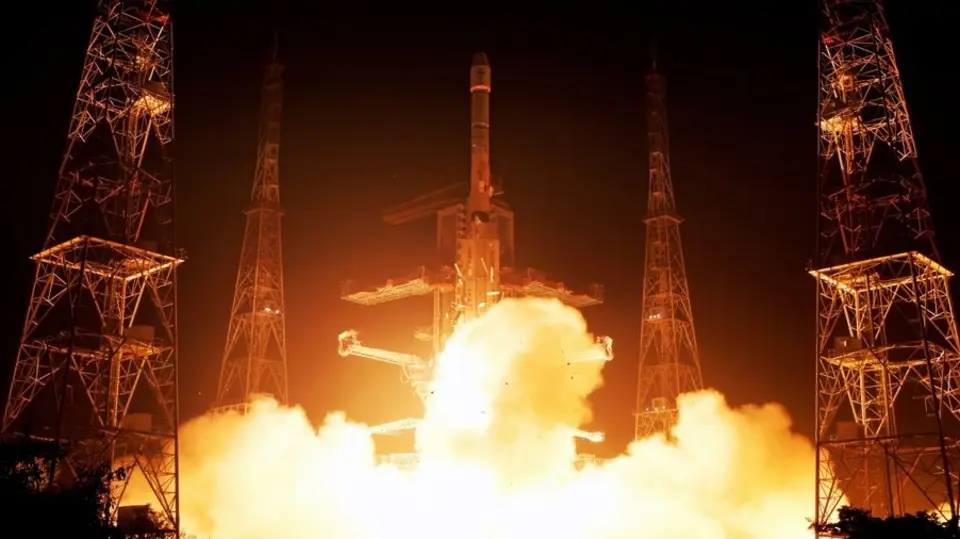The Indian Space Research Organisation (ISRO) achieved a significant milestone on January 29, 2025, with the successful launch of its 100th rocket mission from the Satish Dhawan Space Centre in Sriharikota. This historic event marked not only a century of launches from this spaceport but also the first mission under the leadership of ISRO’s new chairman, V. Narayanan.
The GSLV-F15 rocket lifted off at 6:23 AM IST, carrying the NVS-02 satellite, part of India’s second-generation Navigation with Indian Constellation (NavIC) system.
The NVS-02 was successfully deployed into a Geosynchronous Transfer Orbit (GTO) approximately 19 minutes post-launch. The organization later shared the onboard footage of the stage separation and satellite deployment on X (formerly Twitter).
🌍 A view like no other! Watch onboard footage from GSLV-F15 during the launch of NVS-02.
India’s space programme continues to inspire! 🚀 #GSLV #NAVIC #ISRO pic.twitter.com/KrrO3xiH1s
— ISRO (@isro) January 29, 2025
This satellite is designed to enhance navigation services across India and extends up to 1,500 kilometers beyond its borders.
With a lift-off mass of 2,250 kilograms, NVS-02 incorporates advanced technology, including a Rubidium Atomic Frequency Standard for precise timekeeping and navigation payloads operating on multiple frequency bands (L1, L5, and S bands).
This launch is particularly noteworthy as it showcases ISRO’s advancements in cryogenic technology. The GSLV-F15 is the 11th flight utilizing an indigenous cryogenic stage. The rocket’s payload fairing has a diameter of 3.4 meters and is crucial for increasing payload capacity during launches.
This historic launch reflects nearly five decades of progress since its first major launch in 1979. ISRO continues to inspire with its ambitious goals and commitment, such as Gaganyaan and Chandrayaan 4, to advance India’s position in global space endeavors through future space missions.

